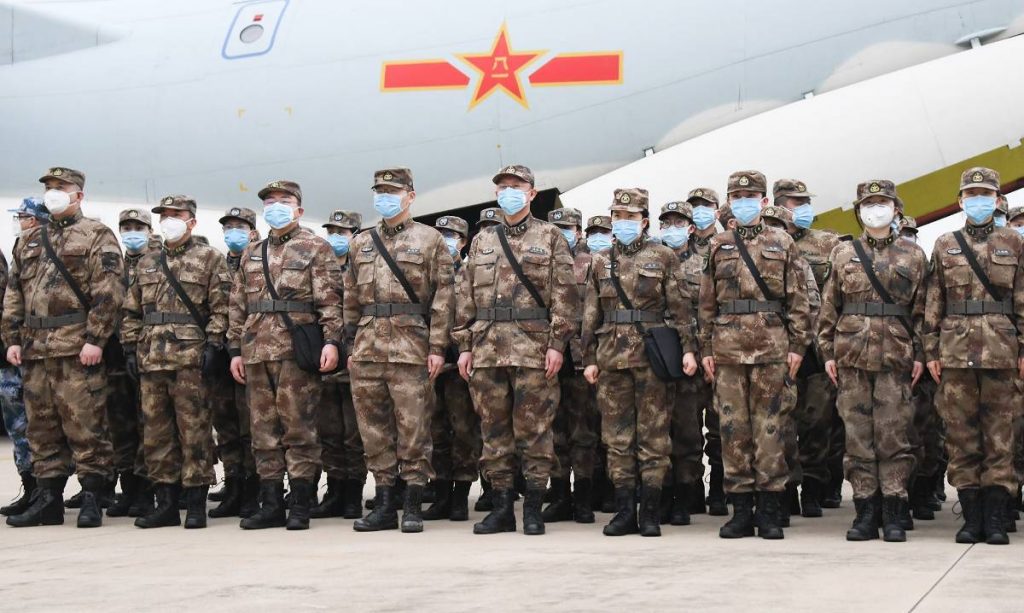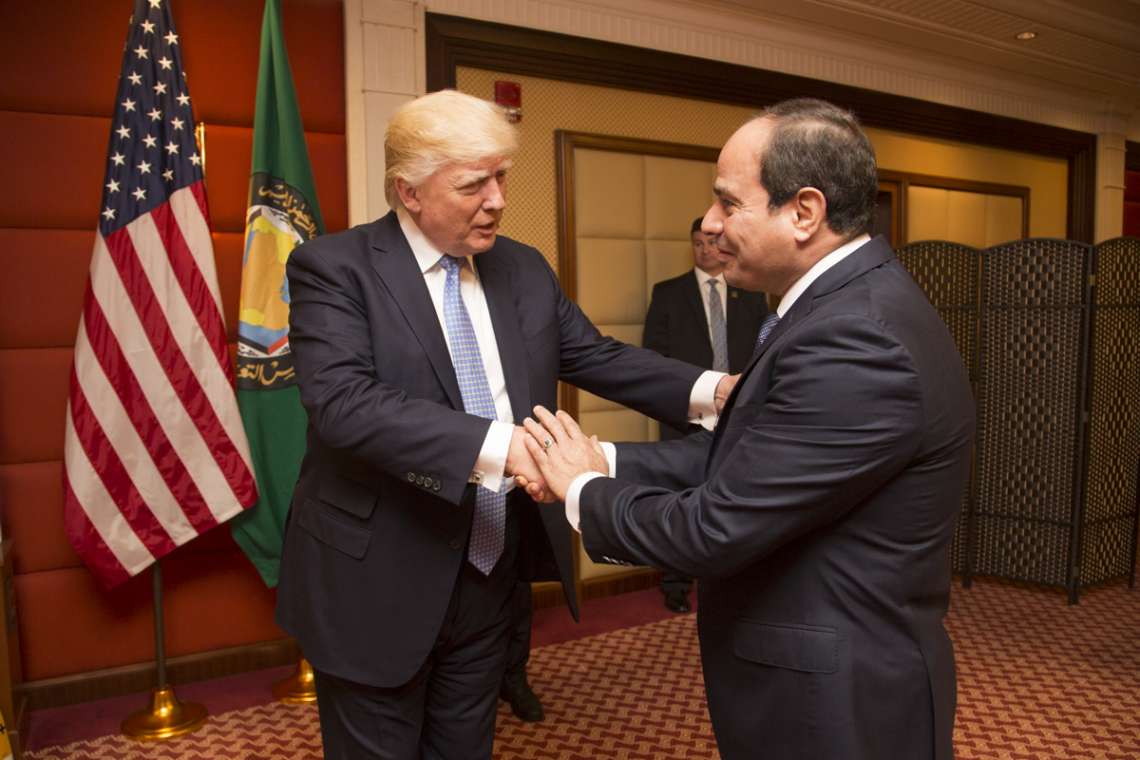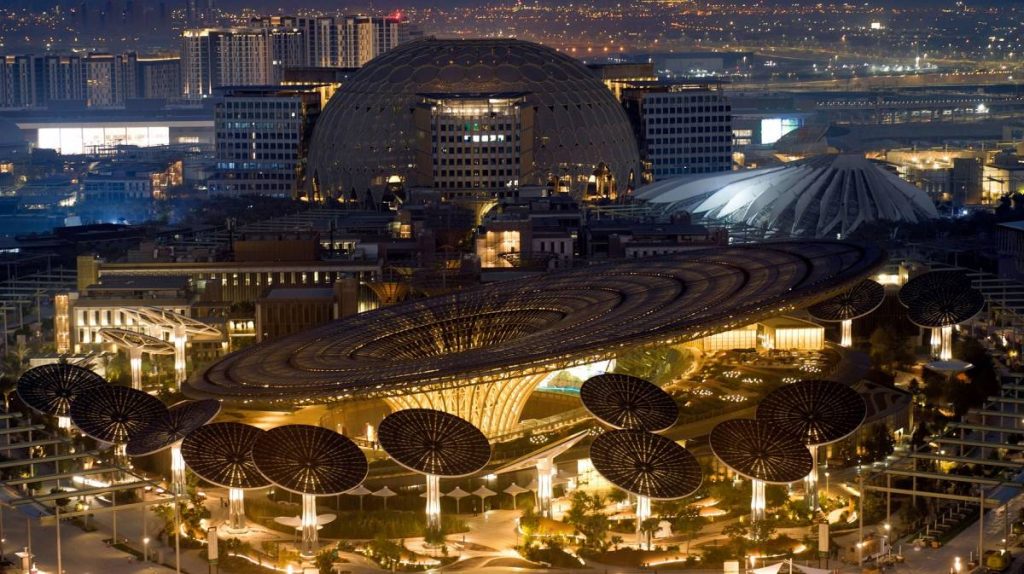During his congressional testimony earlier this year, Davidson said, “I think the threat is manifest during this decade — in fact, in the next six years.”..reports Asian Lite News
Former Indo-Pacific commander Philip Davidson said that Chinese President Xi Jinping’s potential 2027 transition poses threat to Taiwan.
Mikio Sugeno and Tsuyoshi Nagasawa, writing in Nikkei Asia said that Davidson sent shock waves around the world when he nailed down a specific time frame on a possible Taiwan contingency.
During his congressional testimony earlier this year, Davidson said, “I think the threat is manifest during this decade — in fact, in the next six years.”
Davidson, at the time commanding the US Indo-Pacific Command, was asked by a member of the Senate Armed Services Committee in March about a potential conflict in the Taiwan Strait.

In an interview with Nikkei Asia on Tuesday, Davidson said that he was conscious of Chinese President Xi Jinping’s leadership terms when calculating the timeline.
Xi is widely expected to stay in power beyond the next quinquennial national congress of the Communist Party in the autumn of 2022. But when the party convenes again five years later, in 2027, there could be a transition, Davidson said, which may impact the decision to move to Taiwan.
Regarding the question on the threat in the Taiwan Strait that could materialize in the next six years, he said, “What it means, explicitly, is that the changes in the [People’s Liberation Army]’s capabilities, with their missile and cyber forces, and their ability to train, advance their joint interoperability and their combat support logistics, all those trend lines indicate to me that within the next six years they will have the capability and the capacity to forcibly reunify with Taiwan, should they choose force to do it.”
China is pursuing an all-of-party approach that seeks to coerce, corrupt and co-opt the international community in a way in which they may be able to achieve their geopolitical edge, in what some describe as “the hybrid zone” or “the grey zone” or the “three warfares,” or “lawfare,” any of those things, to force Taiwan to capitulate because of extreme, diplomatic, economic, pressure and strain.

Answering on PLA’s capability, he said that Chinese capability is improving and they are closing the gap with the United States and Japanese forces.
“They are closing that gap with training, by establishing joint command and control structures, and by working the combat support logistics that are necessary there. They’re also advancing their capability sets. That’s principal air, sea, cyberspaces, rocket forces, space forces principally. They did take some risk in their land forces in order to find the funds to advance those capabilities, and they are investing heavily there,” said Davidson.
However, he said that at the moment, US and Japanese forces were in the lead.
Referring to US Defense Secretary Lloyd Austin order on global posture review to deal with the current challenges, primarily China, Davidson said, “The last three administrations have made it quite clear that the Indo-Pacific theatre is to be the priority theatre going forward. United States needs a more expeditionary posture external to Japan, throughout the Indo-Pacific region, that could help deter peacetime and the day-to-day posture, as well as having places to go in a crisis, to help dissuade PLA adventurism.”
“To be frank, the posture required in the Indo-Pacific needs to be — the expeditionary posture especially — much more robust,” he added.













